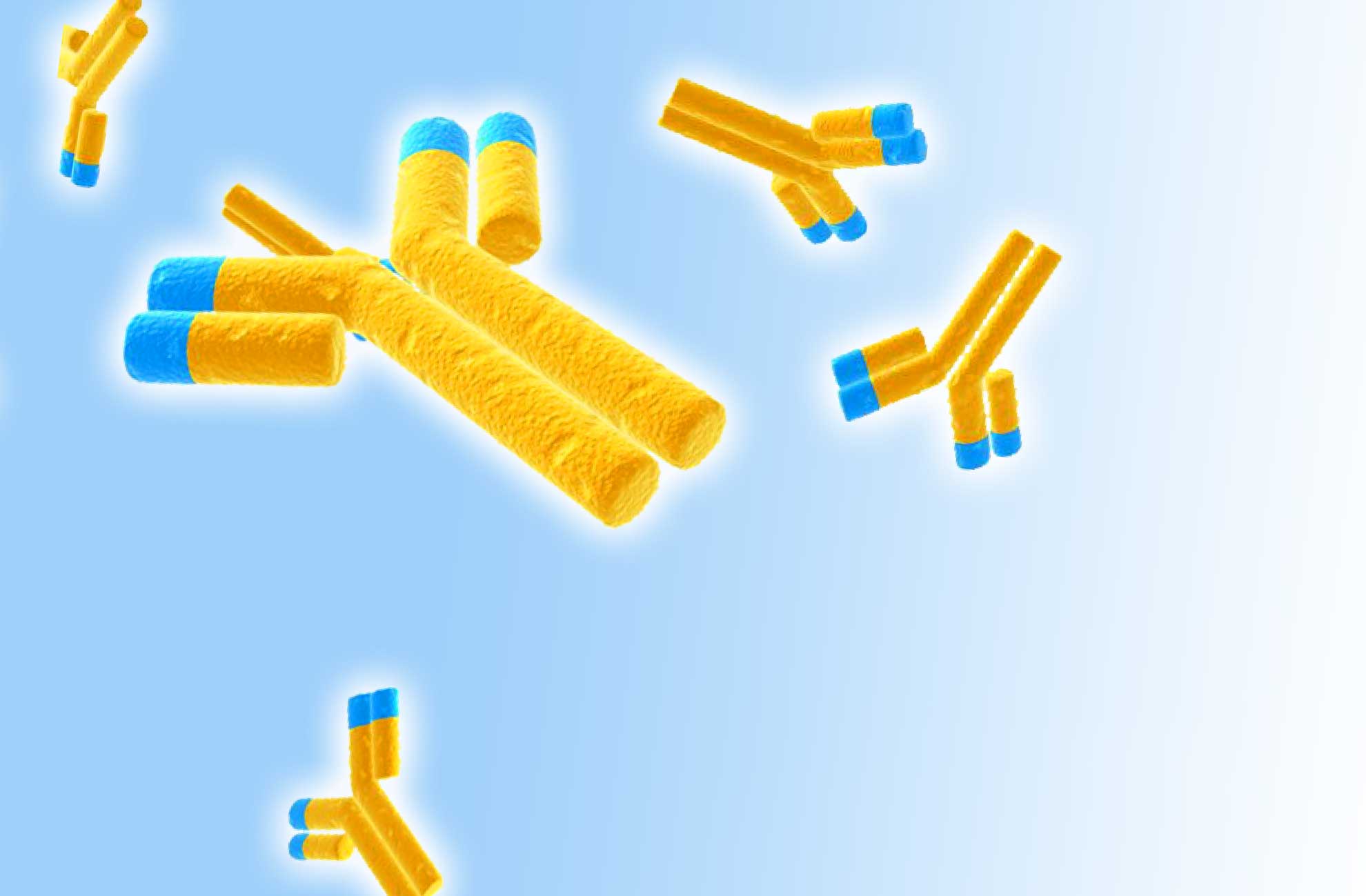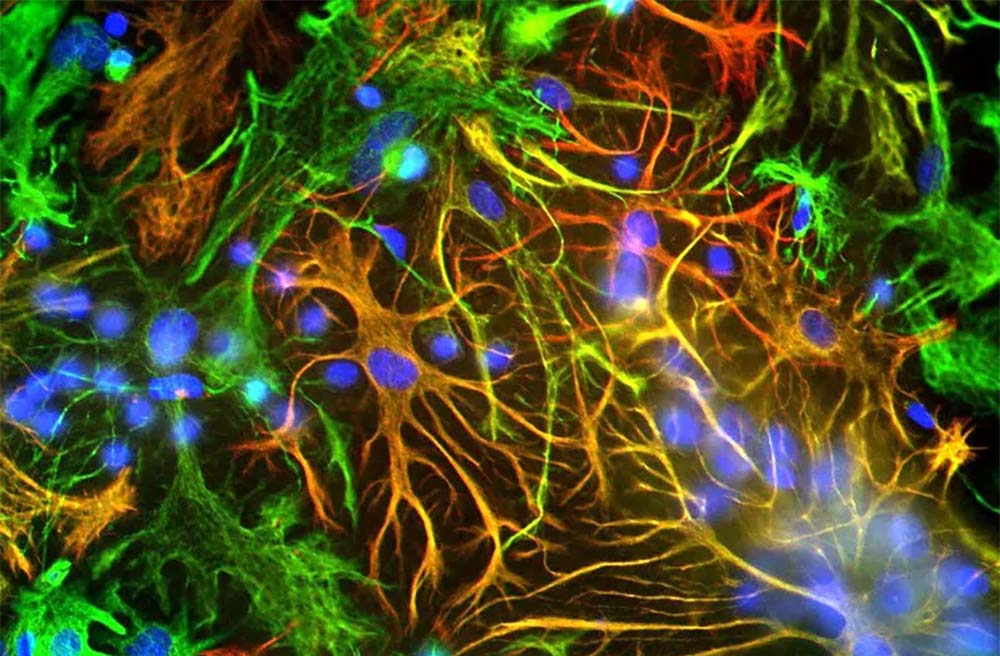Non-animal source multiclonal recombinant secondary antibodies
AdipoGen multiclonals are carefully selected animal-free recombinant monoclonal secondary antibodies. They provide specificity, sensitivity, and reproducibility, ideal for diagnostic and research applications.

 Find products for your research
Find products for your research


